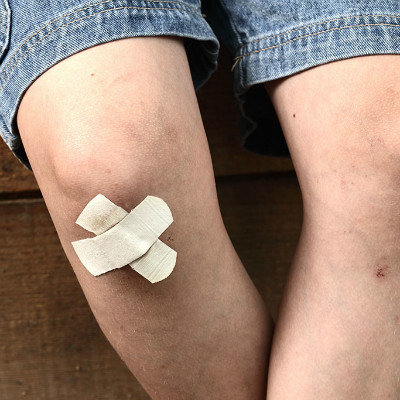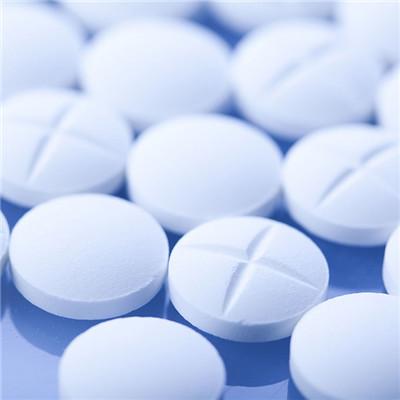Pseudomonas aeruginosa meningitis how to cure?
summary
Pseudomonas aeruginosa is the main species of Pseudomonas, and it is also the main pathogenic bacteria causing various clinical infections, accounting for 5% - 15% of all iatrogenic infections. Pseudomonas aeruginosa is widely distributed in nature and is one of the most common bacteria in soil. It exists in the skin, intestines and respiratory tract of normal people. Pseudomonas aeruginosa meningitis how to cure? Next, I'd like to share my views with you.
Pseudomonas aeruginosa meningitis how to cure?
Ceftazidime has broad antibacterial spectrum and strong antibacterial effect, and it is safe to many kinds of antibiotics β- Lactamase is stable and highly active against Pseudomonas aeruginosa. Its mic 90 is 2-4 mg / L. it is the most active cephalosporin in clinical use, followed by cefoperazone. The combination of tobramycin and amikacin has obvious synergistic effect on multi drug resistant Pseudomonas aeruginosa, and the synergistic rate is 93%.
Piperacillin has strong antibacterial activity against Pseudomonas aeruginosa, and can partially penetrate the blood-brain barrier. The mic 90 of ciprofloxacin was 0.5-1 mg / L. a certain amount of ciprofloxacin entered into cerebrospinal fluid after intravenous administration. Ceftazidime 4-6g / D, twice or three times intravenous administration, cefoperazone 4-6g / D, twice or three times intravenous administration, the maximum dose can be up to 8g / d. Tobramycin 1.5mg / (kg · d), once per 8h, intramuscular injection or intravenous administration, the total amount is not more than 5mg / kg per day. Amikacin 15mg / (kg · d), divided into two intramuscular injection or intravenous drip.
The dosage of gentamicin was 4-6mg / (kg · d), once every 8h, intramuscular injection or intravenous drip. Aminoglycoside antibiotics are not easy to penetrate the blood-brain barrier. When meninges are inflamed, the drug concentration in cerebrospinal fluid can be increased, but it still can not reach the therapeutic concentration. Therefore, intrathecal injection or intraventricular injection should be added. The intrathecal injection of gentamicin was 5-10mg (5000-10000u) per time and 1-5mg per time in children. Amikacin was 5-10 mg / time. Cerebrospinal fluid was diluted and injected at the same time. When aminoglycoside antibiotics are used, renal function should be checked regularly.
matters needing attention
During the epidemic period, we should do a good job of health publicity, try to avoid large gatherings and collective activities, do not bring children to public places, and wear masks when going out. Early detection of patients, on-site isolation treatment.













